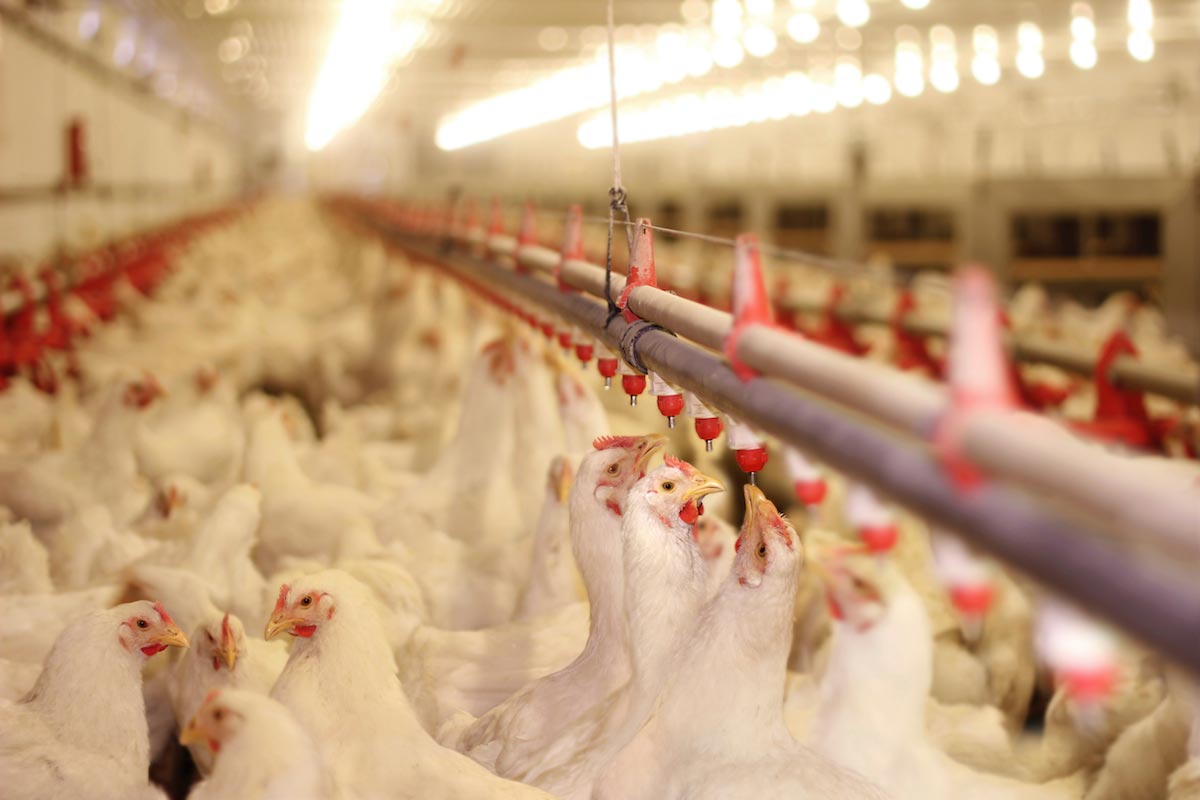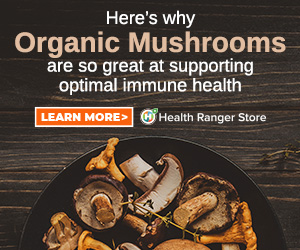Contact Dr. Lu for information about cancer treatments。聯繫盧博士,獲取有關癌症治療資訊。
Tyson reintroduces antibiotics into chicken | 泰森將抗生素重新引入雞體內
Contact Dr. Lu for information about cancer treatments。聯繫盧博士,獲取有關癌症治療資訊。
Tyson reintroduces antibiotics into chicken after pledging to remove them in 2017

Tyson to re-introduce antibiotics (ionophores) into their poultry supply
As antibiotic-resistance became a global public health threat in the 21st century, antibiotic use in animals became a controversial practice. By 2011, nearly 30 million pounds of antibiotics were sold for animals, compared to just under 8 million pounds for humans. By 2013, the Food and Drug Administration (FDA) began to limit antibiotics in meat production. In 2017, Tyson pledged to remove antibiotics from their entire poultry supply. Tyson quickly became known for their tagline, “no antibiotics ever” and led the way for a cleaner commercial poultry supply.
However, as the cost of transportation and farming increases, and with the ever-increasing burden of inflation, Tyson has decided to start pumping chickens with antibiotics again. Currently, Tyson does not plan to use the same type of antibiotics that are used in human medicine. Tyson plans to use a class of antibiotics called carboxylic ionophores. These ionophores are primarily used as an anti-parasitic agent to fight coccidia infections. This parasite is found on all types of poultry farms worldwide. One single microscopic coccidial egg can produce over 500,000 offspring in just 4 to 7 days. Once an animal is infected, coccidia causes extensive gut damage and suffering that can lead to animal death. Ionophores are effective against coccidia and therefore may play a role in preserving the poultry supply.
Ionophore resistance has been documented, could cause more harm over the long haul
Interestingly, ionophores are more toxic to humans and are therefore not used in human medicine. The ionophores are like antibiotics in that they are made from a type of bacteria from the genus Streptomyces. Ionophores work by binding cations and transporting them across the cell membrane, disrupting cellular ion balance. Ionophores include the following drugs: monensin (Coban, Rumensin, Rumensin CRC), lasalocid (Avatec, Bovatec), salinomycin (Bio-cox, Sacox), narasin (Monteban, Maxiban), maduramicin (Cygro), laidlomycin (Cattlyst) and semduramycin (Aviax). They are currently used to promote growth in cattle, swine, chicken, turkey, and other farm animals.
Alex Wong, Assistant Professor of Biology at Carleton University, among others, has demanded a “systematic investigation” into the possible dangers of using ionophores in relation to human health. Ionophores directly impact the target animal’s metabolism and physiology, changing the gut microbiome through alterations to ruminal fermentation. Research shows that overuse of Streptomyces longisporoflavus, (the bacterium that produces the ionophore tetronasin) causes changes in cell envelope permeability, conferring tetronasin resistance over the long haul. This could put chickens at risk to super bug infections, and these risks could also be conveyed to humans.
Even though ionophore resistance cannot occur directly in humans because the drugs are not used in human medicine, the issue of cross resistance, and co-selection to medically important antibiotics could theoretically occur, especially if the meat industry continues to rely heavily on their use. This issue of public health importance has not been adequately studied or addressed by the industry.
For more on this issue, check out Superbugs.News.
Sources include:
泰森將抗生素重新引入雞體內
為了防止雞肉價格飛漲,美國最大的家禽加工商泰森食品公司正在將抗生素重新引入其肉類供應中。 泰森食品加工了美國約五分之一的雞肉,因此這一決定對消費者俱有巨大影響。 幾十年來,泰森食品和許多商業肉類行業都依靠抗生素來加速動物的生長,並防止細菌感染消滅他們的羊群。 然而,農業中抗生素的過度使用開始刺激細菌產生抗生素耐藥性,導致世界各地的超級細菌感染數量不斷增加。
泰森食品將重新將抗生素(離子載體)引入其家禽供應中
隨著抗生素耐藥性成為 21 世紀的全球公共衛生威脅,在動物身上使用抗生素成為一種有爭議的做法。 到 2011 年,用於動物的抗生素銷量接近 3000 萬磅,而用於人類的抗生素銷量略低於 800 萬磅。 到 2013 年,美國食品和藥物管理局 (FDA) 開始限制肉類生產中的抗生素使用。 2017 年,泰森食品承諾從其整個家禽供應中去除抗生素。 泰森食品很快因其口號“不再使用抗生素”而聞名,並引領了清潔商業家禽供應的道路。
然而,隨著運輸和養殖成本的增加,以及通貨膨脹負擔的不斷加重,泰森決定再次開始給雞注射抗生素。 目前,泰森食品不打算使用與人類醫學相同類型的抗生素。 泰森計劃使用一類稱為羧基離子載體的抗生素。 這些離子載體主要用作抗寄生蟲劑來對抗球蟲感染。 這種寄生蟲存在於全世界所有類型的家禽養殖場中。 一顆微小的球蟲卵可以在短短 4 至 7 天內產生超過 500,000 個後代。 一旦動物被感染,球蟲就會造成廣泛的腸道損傷和痛苦,從而導致動物死亡。 離子載體可有效對抗球蟲,因此可能在保護家禽供應方面發揮作用。
離子載體抵抗性已被記錄,從長遠來看可能會造成更多傷害
有趣的是,離子載體對人類的毒性更大,因此不用於人類醫學。 離子載體就像抗生素一樣,是由鏈黴菌屬的一種細菌製成的。 離子載體的工作原理是結合陽離子並將其運輸穿過細胞膜,破壞細胞離子平衡。 離子載體包括以下藥物:莫能菌素(Coban、Rumensin、Rumensin CRC)、拉沙裡菌素(Avatec、Bovatec)、鹽黴素(Bio-cox、Sacox)、narasin(Monteban、Maxiban)、馬杜黴素(Cygro)、萊德黴素(Cattlyst)和semduramycin (阿維亞克斯)。 它們目前用於促進牛、豬、雞、火雞和其他農場動物的生長。
卡爾頓大學生物學助理教授 Alex Wong 等人要求對使用離子載體對人類健康可能產生的危險進行“系統調查”。 離子載體直接影響目標動物的新陳代謝和生理機能,通過改變瘤胃發酵來改變腸道微生物組。 研究表明,過度使用長孢鏈黴菌(產生離子載體 tetronasin 的細菌)會導致細胞包膜通透性發生變化,從而長期賦予 tetronasin 抗性。 這可能會使雞面臨超級細菌感染的風險,這些風險也可能傳染給人類。
儘管離子載體耐藥性不能直接發生在人類身上,因為這些藥物不用於人類醫學,但理論上可能會出現交叉耐藥性和共同選擇醫學上重要的抗生素的問題,特別是如果肉類工業繼續嚴重依賴它們的使用。 業界尚未充分研究或解決這一具有公共衛生重要性的問題。


